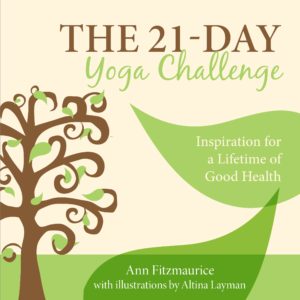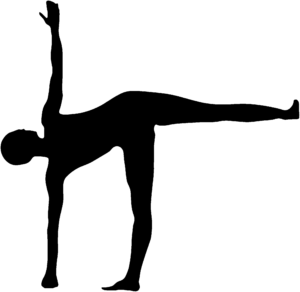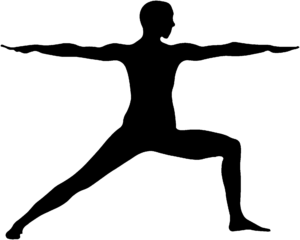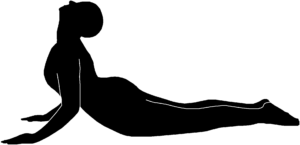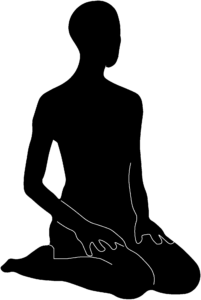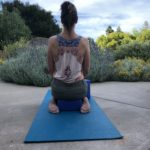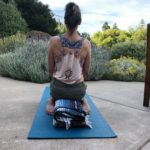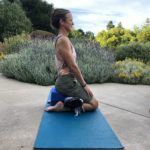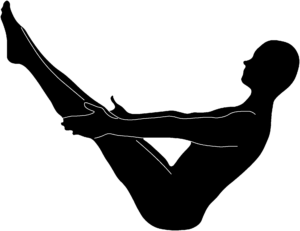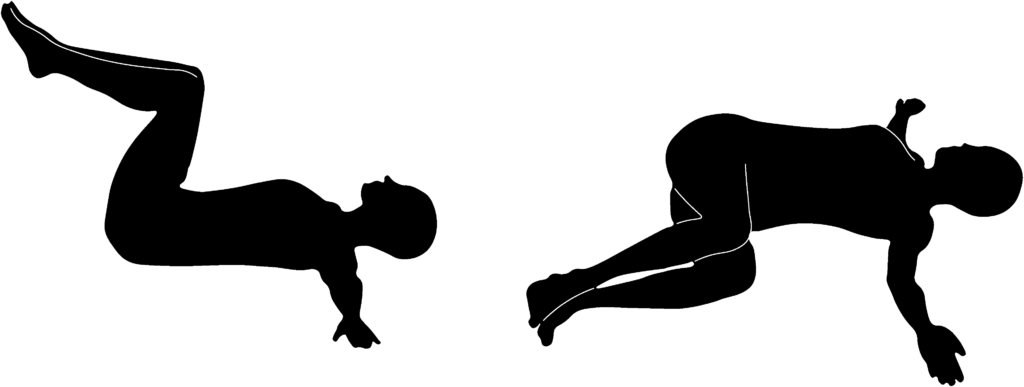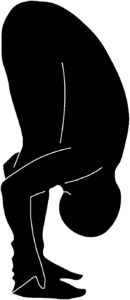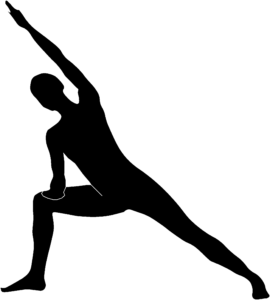Pose a Day Brings you: Janu Sirsasana ~ Head to Knee Pose
The English translation of this pose seems to be a misnomer because the last place I’m go to with my head is to my knee. Thus, included is our usual illustration and a picture of a modified pose. It is a wonderful pose even if you do not get your head to your knee and with that directive removed, you can focus on the multitude of benefits.
Cues: Sit with one leg actively extended. Bend the knee of other leg and place the foot to the inside of the extend leg thigh. With an inhale raise your arms actively, engage the abdominal muscles and with an exhale flex at the hips to draw the torso toward the extended leg. Press through the heel of the extended leg and contract the quadriceps toward floor. Reach out from inner groin to inner knee of bent leg. Keep abdominals engaged to keep spine long. Be active with your arms as they maintain a long line of engaged energy from shoulders to wrists. Hold for at least 12 breaths.
inner knee of bent leg. Keep abdominals engaged to keep spine long. Be active with your arms as they maintain a long line of engaged energy from shoulders to wrists. Hold for at least 12 breaths.
Benefits: Head to knee or Head of the knee or Head of Knee pose has as many translations as it does benefits. It offers to lengthen the spine, help with stiffness in the hips, stretch the hamstrings of the extended leg and the inner groin of the bent knee side. It tones the belly and stretches the arms from shoulders to wrists. As with all forward folds, where you fold into yourself, you help quiet the mind which helps lower blood pressure and ease anxiety.
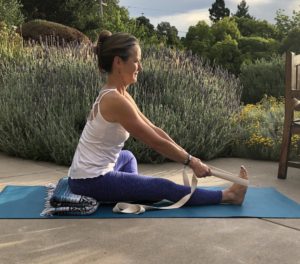 Modifications: In my modified pose, I come to sit on a blanket which gives my hips and hamstrings relief. The use of a strap around the foot keeps the integrated of the long spine. Without it, you may round in the back which limits the stretch of the back and is ill-advised for individuals with osteoporosis or osteopenia who should avoid flexing or rounding in the the lower lumbar.
Modifications: In my modified pose, I come to sit on a blanket which gives my hips and hamstrings relief. The use of a strap around the foot keeps the integrated of the long spine. Without it, you may round in the back which limits the stretch of the back and is ill-advised for individuals with osteoporosis or osteopenia who should avoid flexing or rounding in the the lower lumbar.

